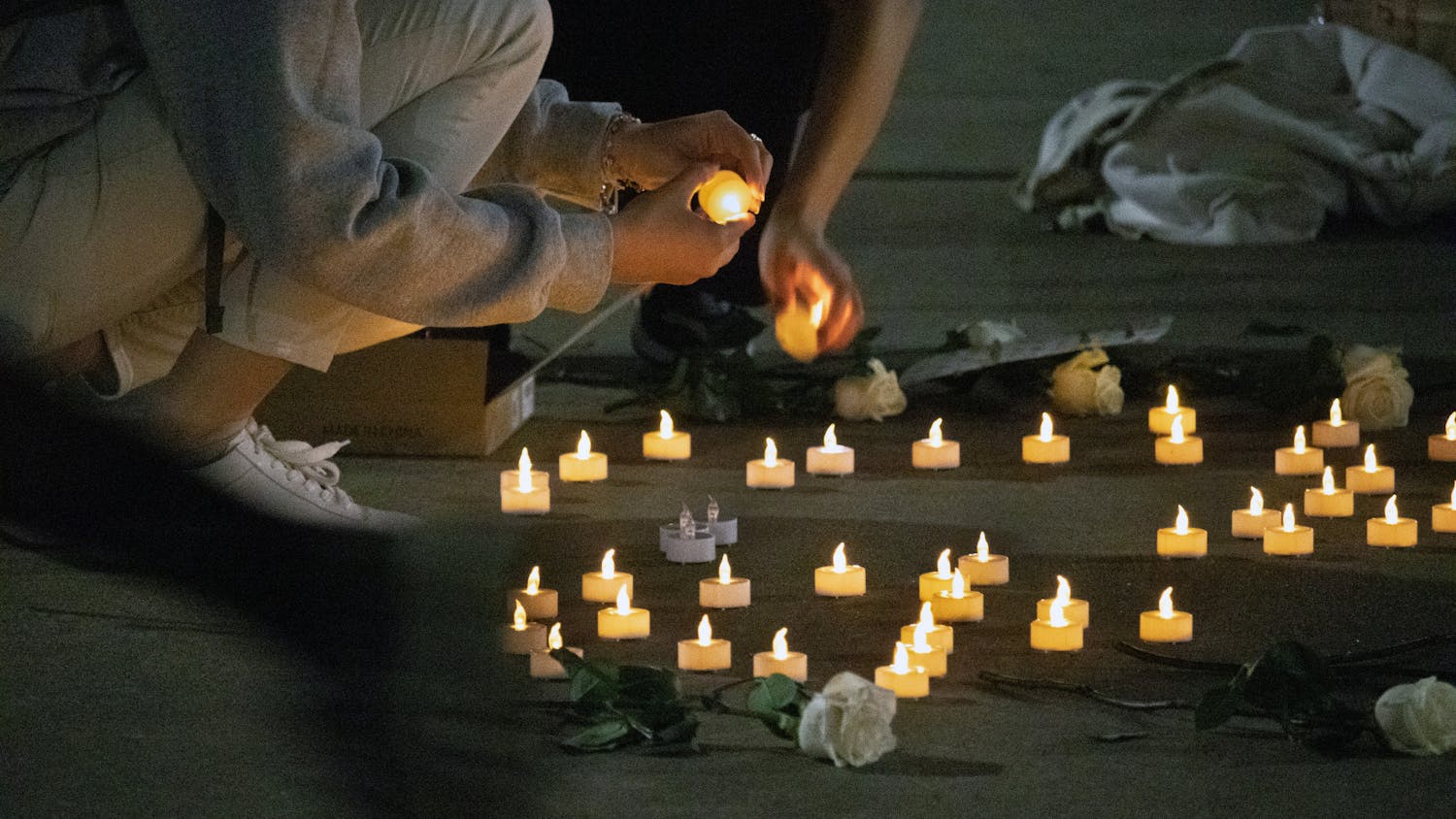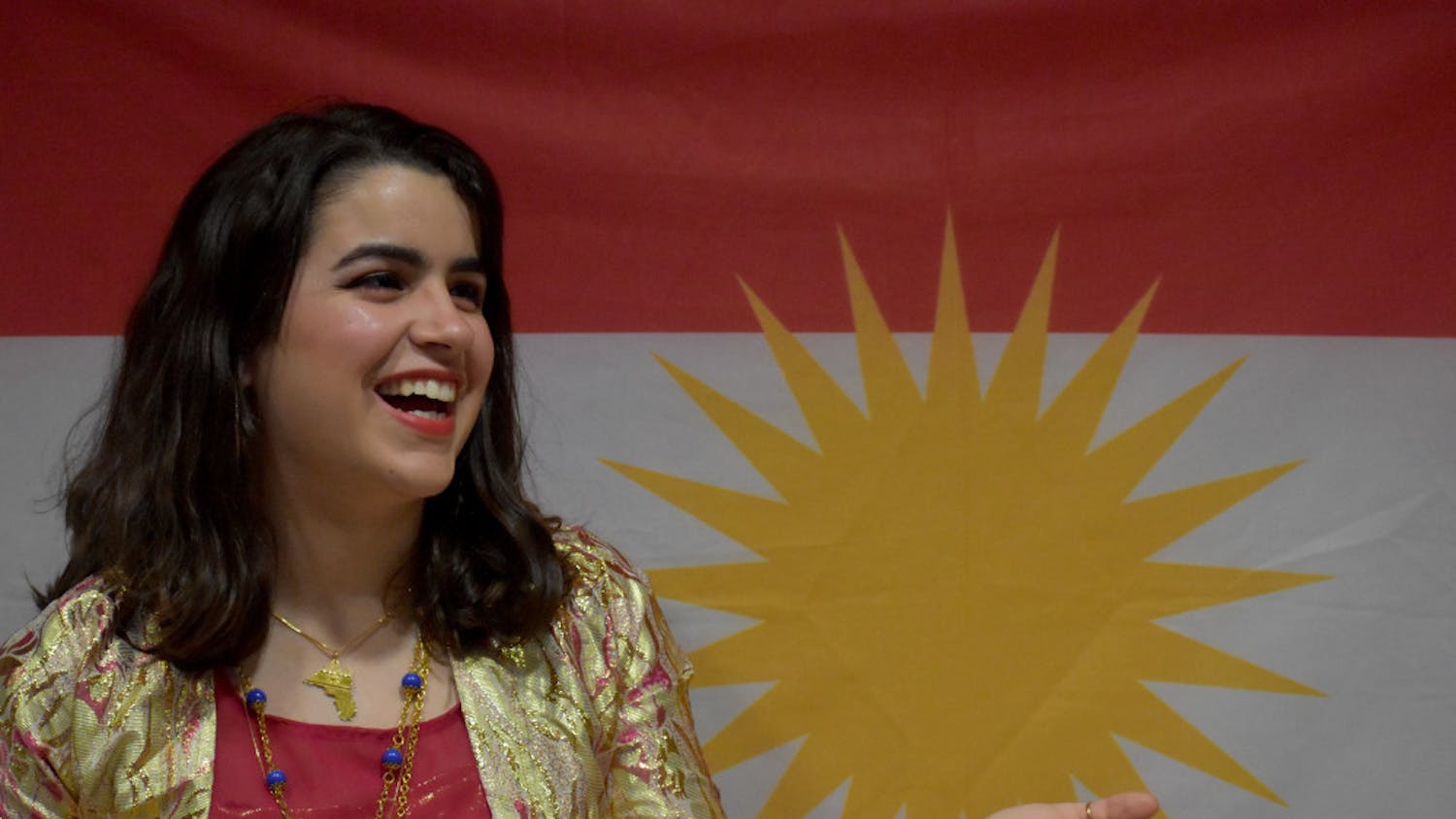On Wednesday, delegates from 30 countries met in Switzerland for the Geneva II conference in a desperate effort to create a solution for the chaos in Syria.
As the Syrian Civil War approaches its third year, the only certain development is that there is no clear resolution in sight. The Middle Eastern nation will most likely remain locked in conflict and turmoil for the foreseeable future. As the conflict becomes more and more complicated, any hope that a clear winner will emerge seems to be quickly vanishing.
In the past six months, the situation has escalated again and again. Last August, reports surfaced that Syrian President Bashar Assad’s forces used chemical weapons on civilians. We came close to being involved in the conflict ourselves when, in response to these reports, our president asked Congress for permission to carry out military strikes in the country. And, even though we ended up deciding not to respond with bombs, the United States and the international community has been trying to intervene ever since.
And, as talks approach, the situation keeps getting worse. What started as a series of street battles between government troops and protesters in 2011 now is a bloody, awful war; 18 different groups are fighting, and every one of them has its own goal. The rebels are not unified anymore. Al-Qaida groups, attracted by the opportunity of winning the war, are fighting to carve an Islamic state out of Syria and Iraq. The Free Syrian Army, which was the main rebel group for a while, wants Assad overthrown and democracy restored. Assad and his supporters claim that they’re fighting terrorists.
And, in the last month, the FSA and the al-Qaida groups have been slaughtering each other as much as they have been fighting government forces. On Monday, a report analyzing a few thousand photos taken by a Syrian military police photographer was published. It was determined that the photos show at least 11,000 prisoners that had been starved, savagely beaten and strangled by Assad’s army on what was referred to as an “industrial scale.”
Getting the fighters to actually go to the conference has been like pulling teeth. No side wants to concede to the other. The FSA barely decided to go because they are opposed to any resolution that doesn’t involve the end of Assad’s presidency. Assad was finally persuaded to consider allowing humanitarian aid, as well as a possible ceasefire in Aleppo, where a single battle has been fought since summer of 2012. And the jihadis have publicly stated that they see the conference as illegitimate, with one commander tweeting that anyone who attends will be placed on his “most-wanted list.”
Hopefully, the conference will bring about some sort of resolution to the conflict. Even though the possibility of peace is, right now, almost nonexistent, Geneva II may be able to ease the hardships that face Syria’s civilian population. Relief for Syria’s civilians is long overdue, as it has been a point of concern for years. Last March, UF Amnesty International and Students For Justice in Palestine hosted the 70 Balloon Project, placing black balloons on the Plaza of the Americas. Each balloon represented 1,000 Syrians killed in the war.
Ten months later, nothing has happened to make things better. We can all hope that the fighters can find some kind of common ground, at least for the sake of the civilians, and that they will work together toward some sort of resolution. Without getting militaries involved, the international community must do whatever is necessary to ease the suffering of Syria’s people.
[Alec Carver is a UF journalism freshman. His columns appear on Fridays. A version of this editorial ran on page 6 on 1/24/2014 under the headline "Nearly a year later, no resolution for Syria"]





